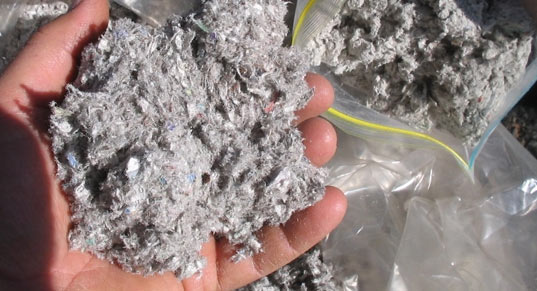Swampworks
Well-Known Member
- Joined
- Jan 27, 2009
- Messages
- 302
- Reaction score
- 1
I voted for piston as I have used them very successfully in a few large LPR and some MPR birds. Anything larger, I guess I would lean towards a nomex shield pending some testing of my piston designs.
On the subject of the dog barf, I'd like to get a description of the packing techniques used by the people here who "swear" by it. I've started to use it in some LPR stuff, but I apparently do not pack it correctly as I have had several scorched chutes, and not only plastic ones.
Can someone give me a tutorial?
On the subject of the dog barf, I'd like to get a description of the packing techniques used by the people here who "swear" by it. I've started to use it in some LPR stuff, but I apparently do not pack it correctly as I have had several scorched chutes, and not only plastic ones.
Can someone give me a tutorial?







